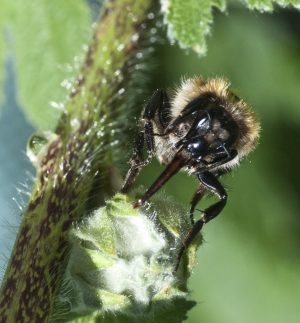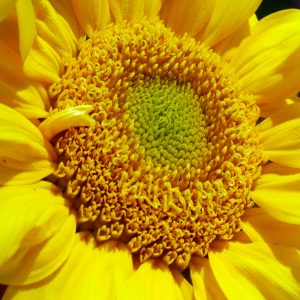Woodland web updates 14.

Reports on pollinators.
Research by workers at the University of Reading and the Centre for Ecology and Hydrology has shown that various ground level pollutants (nitrogen oxides and ozone) have significant effects on the pollinating activities of bees, moths, butterflies and hoverflies. The number of flower visits by these insects declined, as did the level of pollination and seed production.
The University of Göttinggen has published a study that bumblebees need a diverse pollen diet, collected over a variety of habitats. A varied pollen diet contributes to better colony growth, more offspring (particularly young queens). It also helps offset the effects of infestation with wax moth larvae. Wax moth caterpillars feed on nest debris, but as they grow they switch to feeding on the food stores and even grubs / larvae, effectively destroying the nest.
 Recent work by an Irish postgraduate student on insect pollinators in Dublin suggests that a “less is more’ approach might be effective when it comes to natural green areas in cities. Emma King looked at the pollinators present in
Recent work by an Irish postgraduate student on insect pollinators in Dublin suggests that a “less is more’ approach might be effective when it comes to natural green areas in cities. Emma King looked at the pollinators present in
- Areas of planted meadows or sown with wild flower mixes.
- Areas with reduced mowing that were allowed regenerate naturally.
She found that though insects like bumblebees and hoverflies were more frequently recorded in planted meadows, statistically there was no significant difference in the numbers; and the community of pollinators was similar in both types of green areas. The advantage of allowing green areas to develop naturally is that it reduces labour and material (seeds) costs. They may take a bit longer to establish a diverse flora but they will offer resources to pollinators. Such green spaces promote habitat connectivity within the urban environment.
Sunflower update
 Work by staff at the University of British Columbia has revealed that sunflowers (like many other flowers) helps bees to visit by invisible (to us) ultra-violet patterns - usually in the form of a ‘bulls-eye’.
Work by staff at the University of British Columbia has revealed that sunflowers (like many other flowers) helps bees to visit by invisible (to us) ultra-violet patterns - usually in the form of a ‘bulls-eye’.
They observed that sunflowers growing in drier conditions had flowers with larger UV ‘guides’. Furthermore, it was found that a particular gene was responsible for the nature of the bulls-eye pattern, and this gene was also associated with the production of flavonol compounds.
Quite how the gene and the production of flavonols is related to the capacity of sunflowers to retain water is not known.
[Full details of the work of Dr M Tedesco et al here].
Comments are closed for this post.
